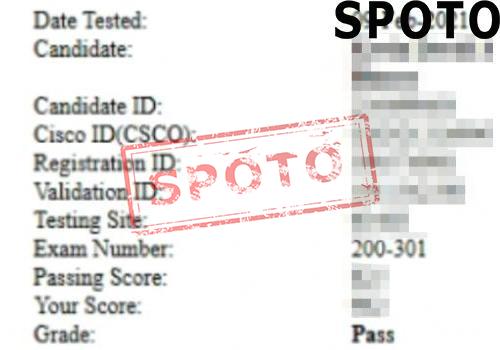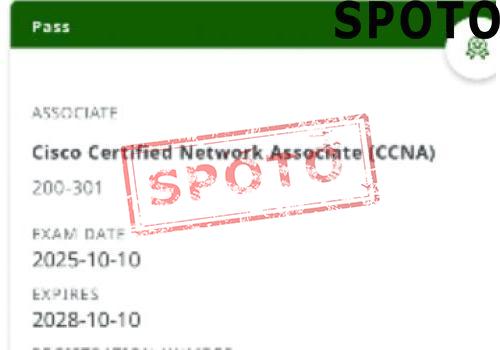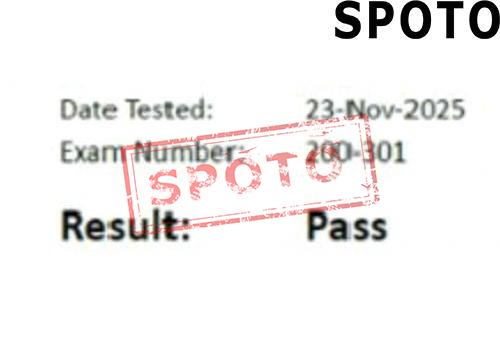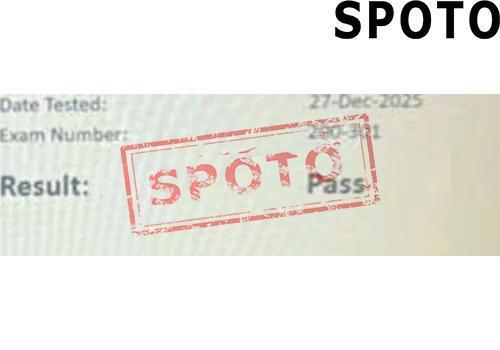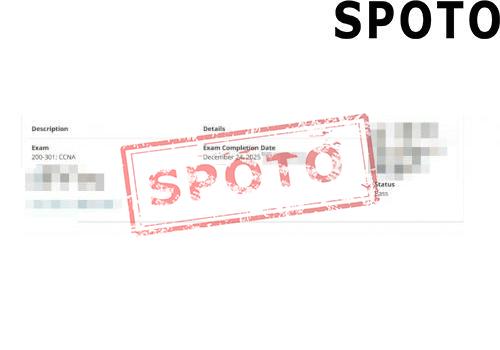
Ⅰ. Network Security Interview Questions:
1. What is a DDoS attack and how can it be prevented?
Answer: A DDoS (Distributed Denial of Service) attack involves flooding a target network or server with a large volume of data traffic from numerous computers or other network devices, rendering it unable to function properly, leading to network paralysis or server downtime. Prevention measures include increasing bandwidth, using firewalls, installing IPS (Intrusion Prevention Systems) and IDS (Intrusion Detection Systems), and limiting connection rates.
2. What is a hacker attack and how can it be prevented?
Answer: A hacker attack involves various methods such as phishing, Trojan viruses, brute force cracking, etc., aimed at attacking networks or computers. Prevention measures include strengthening security management, regular data backups, enhancing password security, timely software and system patch updates, and using network firewalls and security software.
3. What is an SQL injection attack and how can it be prevented?
Answer: An SQL injection attack involves modifying SQL statements using input data to gain control of a database. Prevention measures include filtering input data, using parameterized query statements, limiting database permissions, and conducting code audits.
4. What is a cross-site scripting (XSS) attack and how can it be prevented?
Answer: A cross-site scripting attack involves injecting malicious scripts into a website's pages through vulnerabilities to obtain sensitive user information or perform other malicious activities. Prevention measures include filtering input data, disabling external script execution, and using the HTTPS protocol.
5. What is vulnerability scanning and how is it performed?
Answer: Vulnerability scanning involves actively scanning networks or computers to discover potential vulnerabilities for timely fixes. Vulnerability scanning can be done using specialized scanning tools or manually. After identifying potential vulnerabilities, prompt repairs should be made.
6. What is social engineering attack and how can it be prevented?
Answer: Social engineering attack involves attackers using various means such as impersonation, deception, etc., to obtain sensitive information. Prevention measures include strengthening security awareness education, establishing comprehensive security management regulations, restricting access to sensitive information, and enhancing identity authentication.
7. What are encryption algorithms and what are some common ones?
Answer: Encryption algorithms are used to encrypt raw data to prevent theft or tampering during transmission. Common encryption algorithms include symmetric encryption algorithms (such as AES, DES, 3DES) and asymmetric encryption algorithms (such as RSA, DSA, ECC).
8. What is a digital certificate and what is its purpose?
Answer: A digital certificate is an electronic certificate issued by a certification authority to verify the identity information of an entity. The purpose of digital certificates includes identity authentication, data integrity protection, data privacy protection, and providing digital signature services.
9. What are security vulnerabilities and how can they be discovered and fixed?
Answer: Security vulnerabilities refer to various security flaws in computer systems or networks that attackers may exploit, leading to security issues such as information leakage, system crashes, service interruptions, etc. Discovering and fixing security vulnerabilities can be done through vulnerability scanning, security audits, code audits, timely updates of system patches, disabling unnecessary services, and strengthening identity authentication.
10. What is network traffic analysis and how is it performed?
Answer: Network traffic analysis involves analyzing network traffic to detect abnormal traffic and attack behaviors. Network traffic analysis can be done using specialized tools such as Wireshark, tcpdump, or manually by analyzing information such as IP addresses, port numbers, protocol types, packet sizes, etc., in network traffic to detect abnormal traffic and attack behaviors.
Ⅱ. Penetration Testing Interview Questions:
1. What is penetration testing?
Answer: Penetration testing is a technique used to assess the security of computer networks and systems by simulating attacks to discover and exploit system vulnerabilities.
2. What are the steps involved in penetration testing?
Answer: The steps in penetration testing typically include information gathering, vulnerability scanning, vulnerability exploitation, privilege escalation, and results reporting.
3. What is vulnerability scanning?
Answer: Vulnerability scanning is an automated technique used to discover vulnerabilities in computer systems and networks. It scans the system's vulnerability database and looks for exploitable vulnerabilities.
4. What are some commonly used tools for vulnerability scanning in penetration testing?
Answer: Commonly used vulnerability scanning tools include Nessus, OpenVAS, Nmap, and Metasploit.
5. What is the Metasploit framework?
Answer: The Metasploit framework is a penetration testing tool that provides a modular approach to executing penetration tests. It contains a large number of exploit modules used to discover and exploit vulnerabilities in systems.
6. What is social engineering attack in penetration testing?
Answer: Social engineering attack is a technique of exploiting human psychology and behavior to carry out attacks. In penetration testing, social engineering attacks are often used to obtain sensitive information or deceive users into performing certain actions.
7. What is phishing attack in penetration testing?
Answer: Phishing attack is a social engineering attack technique used to deceive users into revealing personal information or performing actions. In penetration testing, phishing attacks are often conducted by sending emails or websites disguised as legitimate organizations to trick users into disclosing sensitive information.
8. What is brute force attack in penetration testing?
Answer: Brute force attack is a method of attempting to gain access to a system by trying all possible password combinations. In penetration testing, brute force attacks are often used to attempt to crack weak passwords or unencrypted credentials.
9. What is buffer overflow attack in penetration testing?
Answer: Buffer overflow attack is a method of exploiting a vulnerability in a program's buffer handling to execute malicious code. In penetration testing, buffer overflow attacks are often used to inject malicious code into the target system or execute unauthorized operations.
10. What is cross-site scripting (XSS) attack in penetration testing?
Answer: Cross-site scripting attack is a technique of executing attacks by injecting malicious scripts into a website. In penetration testing, cross-site scripting attacks are often used to steal user information or execute unauthorized operations.
11. What is SQL injection attack in penetration testing?
Answer: SQL injection attack is a technique of executing malicious SQL statements using unfiltered user input. In penetration testing, SQL injection attacks are often used to access or modify sensitive information in databases.
12. What is vulnerability exploitation in penetration testing?
Answer: Vulnerability exploitation is the process of using known or unknown vulnerabilities in a system to carry out attacks. In penetration testing, vulnerability exploitation is often used to gain unauthorized access or steal sensitive information.
13. What are some commonly used listener tools in penetration testing?
Answer: Commonly used listener tools include Netcat, Ncat, and Metasploit.
14. What are some commonly used password cracking tools in penetration testing?
Answer: Commonly used password cracking tools include John the Ripper, Hashcat, and Metasploit.
15. What are some commonly used network protocol analysis tools in penetration testing?
Answer: Commonly used network protocol analysis tools include Wireshark, Tcpdump, and Ettercap.
Ⅲ. Web Security Interview Questions:
1. What is SQL injection attack? How to prevent SQL injection attack?
Answer: SQL injection attack refers to attackers inserting malicious SQL statements into input fields of web applications to execute unauthorized operations. Methods to prevent SQL injection attacks include using parameterized queries and input validation, as well as avoiding the use of dynamic SQL statements.
2. What is Cross-Site Scripting (XSS) attack? How to prevent XSS attack?
Answer: Cross-Site Scripting (XSS) attack involves attackers inserting malicious scripts into input fields of web applications to steal user data or execute unauthorized operations. Methods to prevent XSS attacks include validating and escaping input data, using Content Security Policy (CSP), and limiting the scope of cookies.
3. What is Cross-Site Request Forgery (CSRF) attack? How to prevent CSRF attack?
Answer: Cross-Site Request Forgery (CSRF) attack occurs when attackers exploit authenticated user sessions to perform unauthorized operations. Methods to prevent CSRF attacks include using synchronized tokens and employing two-factor authentication.
4. What is Clickjacking attack? How to prevent Clickjacking attack?
Answer: Clickjacking attack involves deceiving users into performing actions by embedding malicious websites within legitimate websites' transparent layers. Methods to prevent Clickjacking attacks include using X-Frame-Options HTTP header and employing JavaScript frameworks to prevent page embedding.
5. What is Session Hijacking attack? How to prevent Session Hijacking attack?
Answer: Session Hijacking attack involves attackers impersonating a user by obtaining their session ID. Methods to prevent Session Hijacking attacks include using secure cookies (such as HttpOnly and Secure flags) and employing two-factor authentication.
6. What is File Inclusion vulnerability? How to prevent File Inclusion vulnerability?
Answer: File Inclusion vulnerability occurs when attackers provide malicious file names to file inclusion functions in web applications to execute unauthorized operations. Methods to prevent File Inclusion vulnerabilities include restricting included file directories, validating file names using whitelists, and using secure file inclusion functions.
7. What is Buffer Overflow attack? How to prevent Buffer Overflow attack?
Answer: Buffer Overflow attack involves attackers modifying a program's execution flow by inputting data larger than the buffer size into program buffers. Methods to prevent Buffer Overflow attacks include using stack protectors and Data Execution Prevention.
8. What is Port Scanning? How to prevent Port Scanning?
Answer: Port Scanning involves attackers scanning computers on a network to find open ports for potential attacks. Methods to prevent Port Scanning include using network firewalls, hiding unnecessary open ports, and employing Intrusion Detection Systems (IDS) and Intrusion Prevention Systems (IPS) to monitor and defend against attacks.
9. What is Man-in-the-Middle (MITM) attack? How to prevent MITM attack?
Answer: Man-in-the-Middle (MITM) attack occurs when attackers intercept communication between users and servers to steal data or perform unauthorized operations. Methods to prevent MITM attacks include using HTTPS protocol, using digital certificate verification, and employing Public Key Infrastructure (PKI).
10. What is Password Cracking attack? How to prevent Password Cracking attack?
Answer: Password Cracking attack involves attackers accessing protected resources by guessing passwords through brute force. Methods to prevent Password Cracking attacks include using strong password policies, employing multi-factor authentication, and using password hashing functions for encrypting stored passwords.



